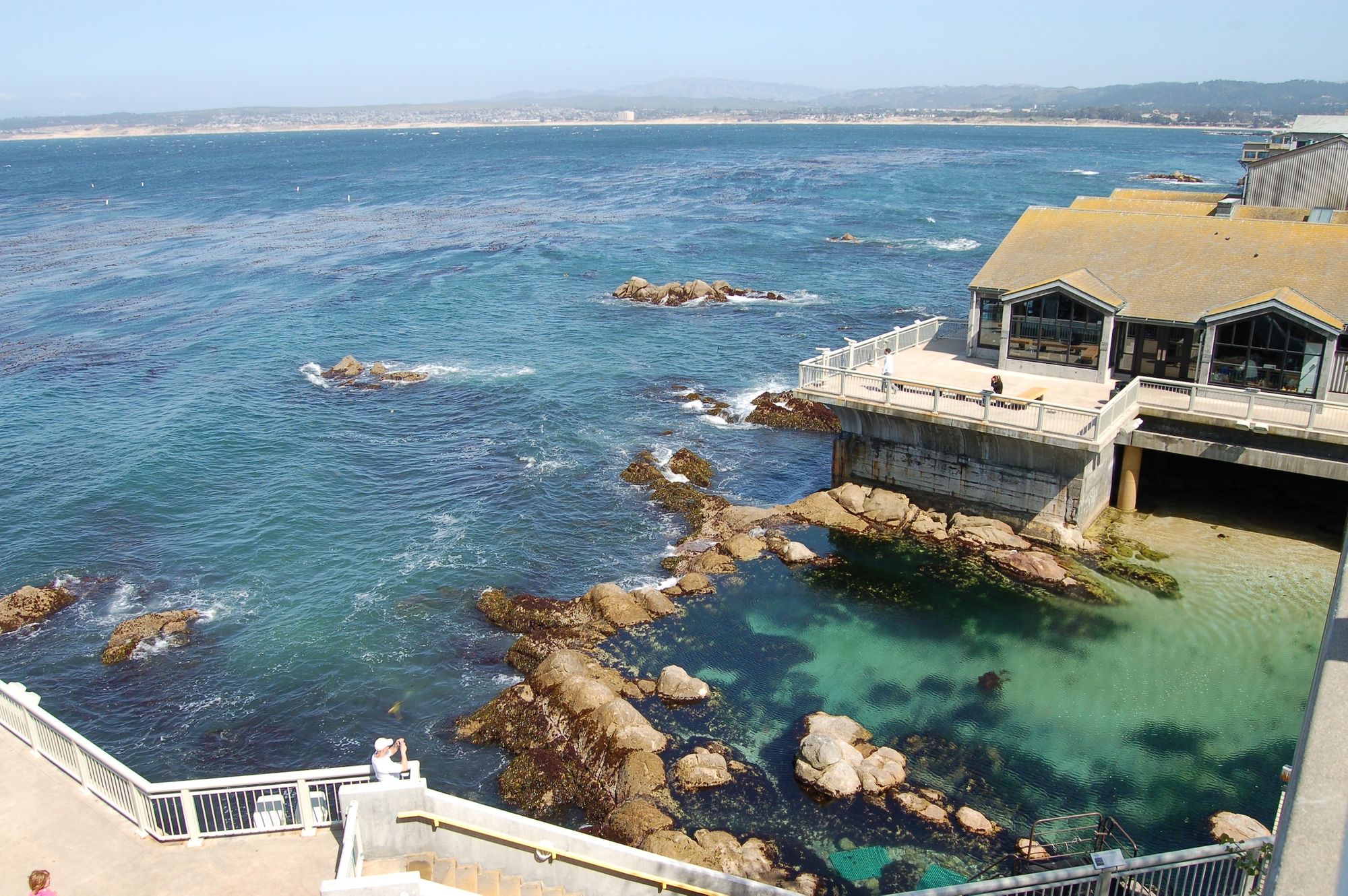Young Eco-Warriors Clash with Media: Monterey's Green Rebellion Sparks Controversy

In a controversial turn of events, cruise ship restrictions in Monterey have sparked heated debate, with media narratives unfairly targeting local teenagers while overlooking the critical environmental concerns driving the policy change. Protect Monterey Bay, a dedicated environmental advocacy group, championed these new regulations to safeguard the delicate marine ecosystem of one of California's most pristine coastal regions.
Rather than adapting to the updated environmental guidelines, cruise companies have opted to completely halt their visits to Monterey, effectively abandoning the destination. This dramatic response highlights the industry's reluctance to prioritize ecological preservation over commercial interests.
The new restrictions aim to mitigate potential pollution risks and protect the rich marine biodiversity of Monterey Bay, a globally recognized marine sanctuary. By shifting blame onto local youth, media outlets have conveniently sidestepped the larger conversation about maritime environmental responsibility and sustainable tourism practices.
The standoff between environmental advocates and cruise lines underscores a growing tension between economic interests and ecological preservation, with Monterey Bay emerging as a critical battleground in the fight for marine conservation.

